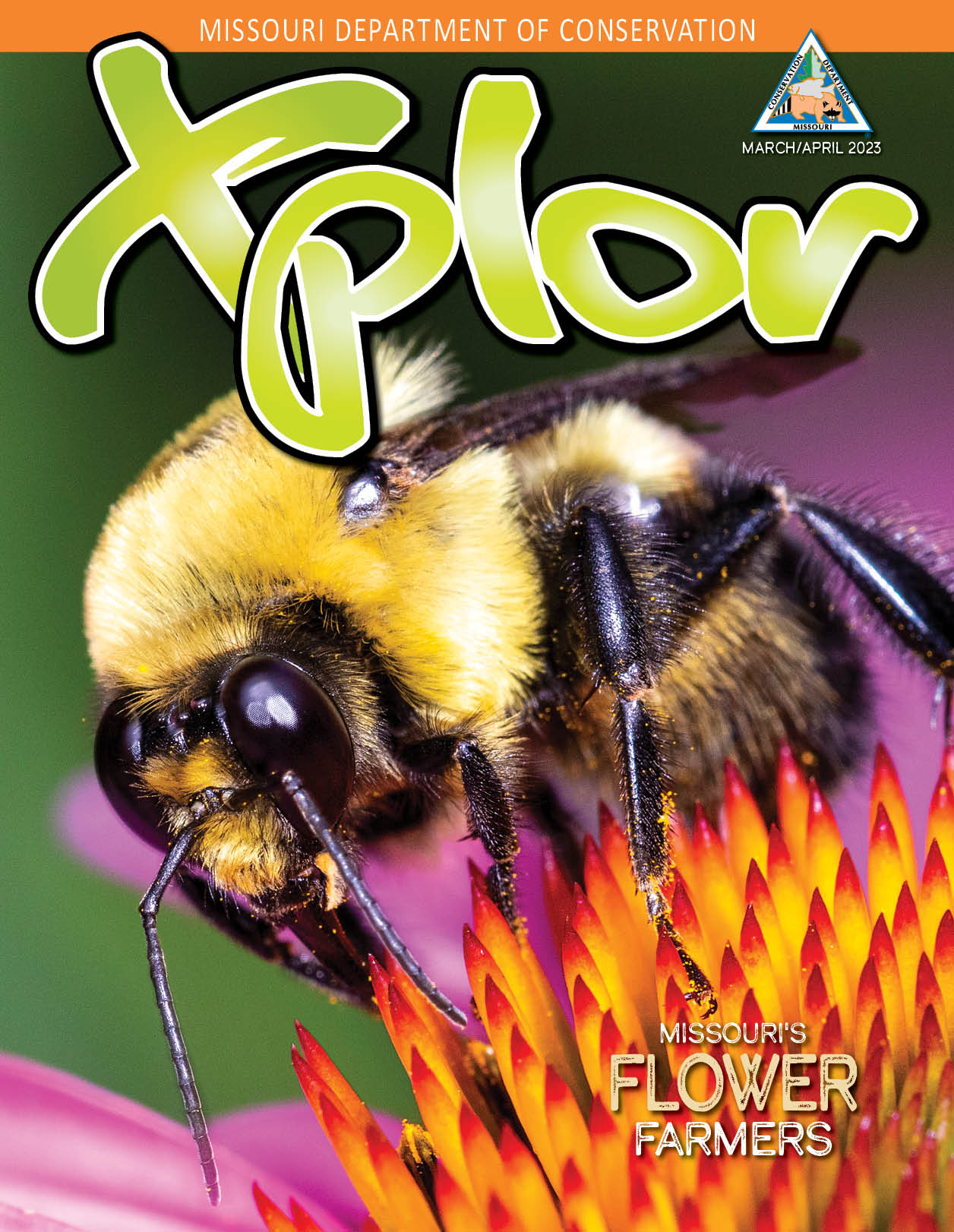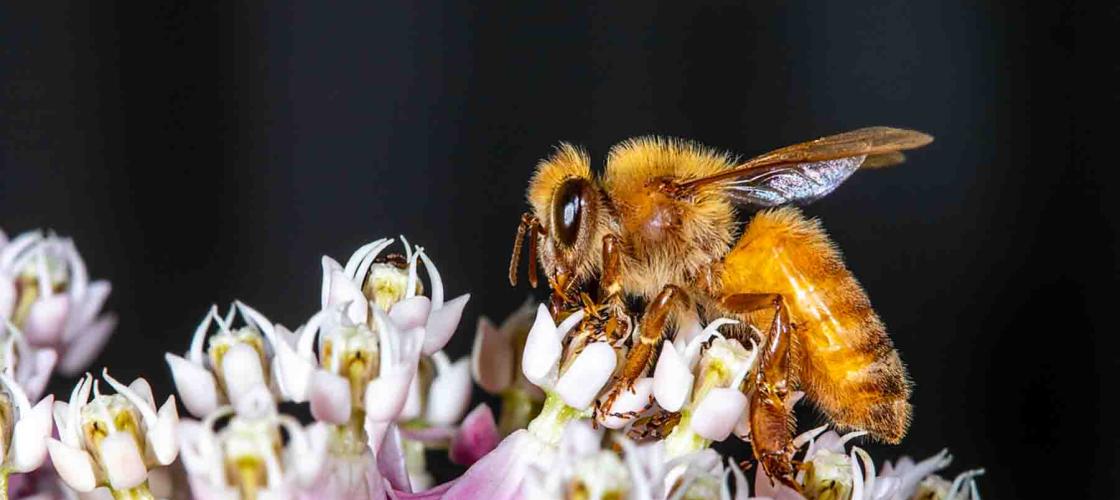
Ahh-choo! The dusty yellow stuff that makes you sneeze is called pollen. For a plant to make fruits and seeds, its pollen must move from one part of a flower to another. Some plants use wind to move pollen. But many plants rely on insects. And no insect is built better for pollen delivery than a fuzzy, buzzy bumblebee.
Un-bee-lievable! Bumblebees must eat almost constantly. Even with a full stomach, a bee is only about 40 minutes away from starvation.
What’s All the Buzz About?
With most plants, an insect only needs to touch a flower to get covered in pollen. But a few plants hide pollen deep inside their flowers. Luckily, bumblebees have a way to unlock this secret stash.
When a bumblebee lands on a pollen-protective plant, it uses its jaws to clamp down on a flower. Then the bee flexes its flight muscles, causing a loud, whining buzz. The buzz travels through the bee’s body and shakes loose the pollen.
Potatoes and tomatoes are a few of the plants that require buzz pollination. So the next time you dunk a french fry in ketchup, remember the humble bumble.
Hardy and Hard-Working
Because they’re so fuzzy, bumblebees can survive colder weather better than many other insects. They’re often the first bees buzzing around in late winter — sometimes as early as February — and the last bees to disappear in the fall.
Bumblebees aren’t finicky when it comes to flowers. They visit many different kinds to gather the nectar and pollen they eat to survive. Unlike honeybees — which are native to Europe, not the U.S. — bumblebees don’t make enough honey to last through the winter. So when flowers die back in the fall, most bumblebees do too.
To collect enough food for themselves and their sisters, a bumblebee may visit nearly 500 flowers each day!
Un-bee-lievable! Unlike honeybees (which have barbed stingers), a bumblebee can use its smooth stinger again and again.
The Circle of Life
- A bumblebee colony begins when a queen wakes in spring from a long winter slumber. She buzzes about feeding on nectar and searching for a place to nest. Sometimes it’s a hole in a tree or a crack in a cliff. Usually it’s an abandoned rodent burrow.
- Once she finds a cozy nest, she makes little pots of wax, fills them with pollen and nectar, and lays an egg in each one.
- The eggs hatch into wiggly larvae. The queen gathers pollen and nectar to feed them. The larvae grow, spin cocoons, and emerge as worker bees. Once they start working, the queen stays inside the nest to focus on laying eggs, and the colony soon swells with 50 to 500 workers.
- By mid-summer, the queen lays eggs that turn into males as well as other queens. After leaving the nest, the males and queens mate with bumblebees from other colonies.
- When frosty weather arrives, the queen, workers, and males from the original colony die.
- Queens who left the colony find a cozy spot to spend winter and go dormant so they can continue the cycle the next spring.
Colony Careers
In a bumblebee colony, each bee has a job.
The queen starts the colony and lays lots and lots of eggs. She is larger and lives longer than the other bumblebees.
Workers are female bees that gather pollen and nectar, defend the nest, and care for the queen and babies. They have special structures on their hind legs, called pollen baskets, that they pack with pollen to carry back to the colony.
Drones are male bees. They don’t do much except mate with queens from other colonies. If you find a bumblebee sleeping on a flower in late summer, it’s probably a drone.
Un-bee-lievable! If the nest gets too hot, workers gather at the entrance and flap their wings to fan out the hot air.
Plan Bee
Bumblebees need our help! Many are disappearing in alarming numbers. That’s the bad news. The good news is you can do things in your own backyard to help bring back the buzz.
- Plant a variety of flowers so something is blooming from early spring through late fall. Native wildflowers are best. For ideas about what to plant, buzz over to grownative.org.
- Ask your parents to avoid using pesticides. Not only do these chemicals kill pests, but they also kill bumblebees and other helpful insects.
- Mow your lawn less often. A few flowering weeds in a desert of grass offer an oasis for thirsty bees.
Un-bee-lievable! One out of every three bites of food you eat has help from pollinators like bumblebees.
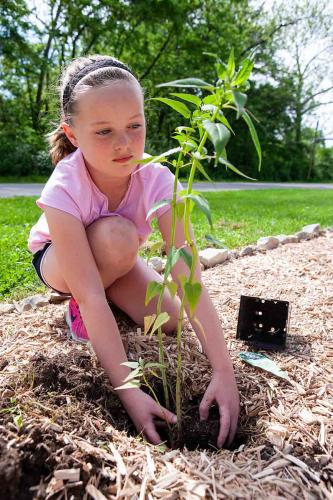
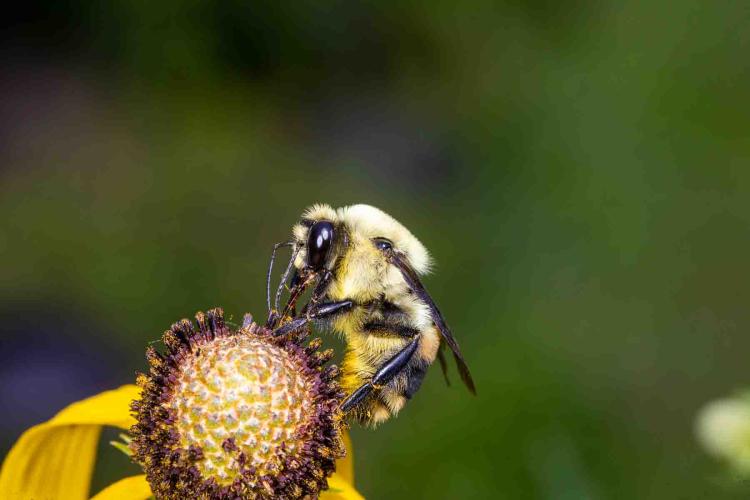
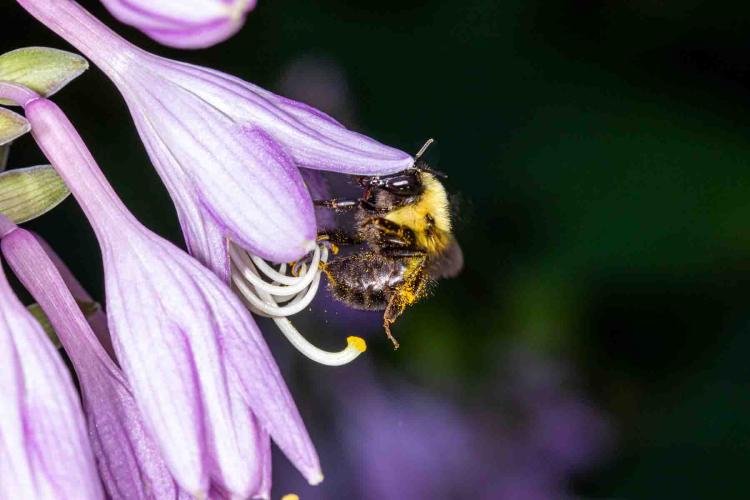
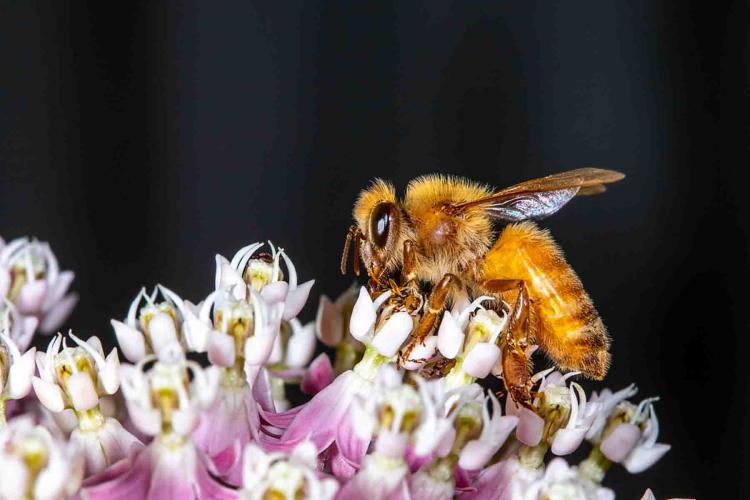
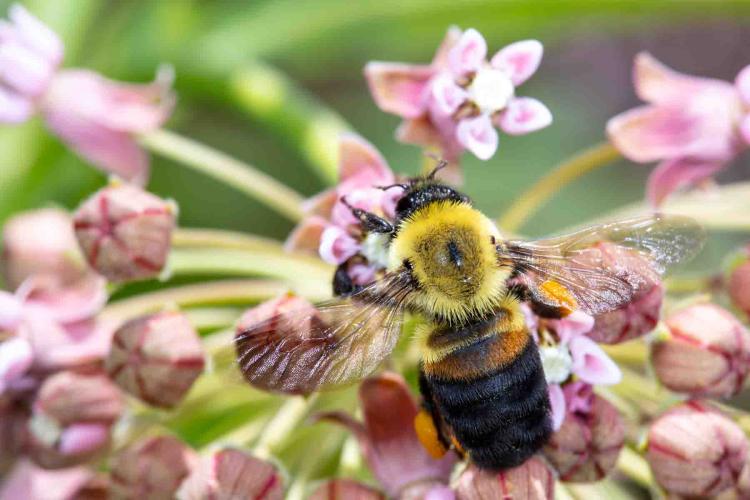
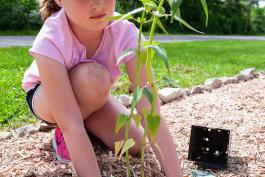
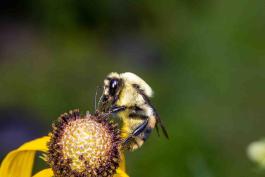
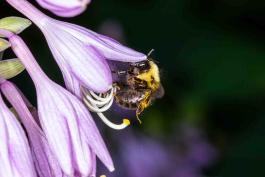
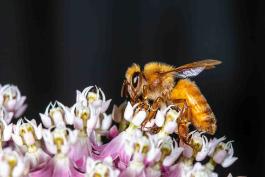
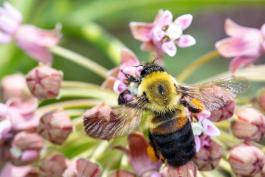
Also In This Issue
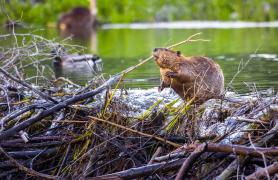
No hammer? No nails? No problem.
And More...
This Issue's Staff
Photographer – David Stonner
Designer – Marci Porter
Designer – Les Fortenberry
Art Director – Cliff White
Editor – Matt Seek
Subscriptions – Laura Scheuler
Magazine Manager – Stephanie Thurber






















